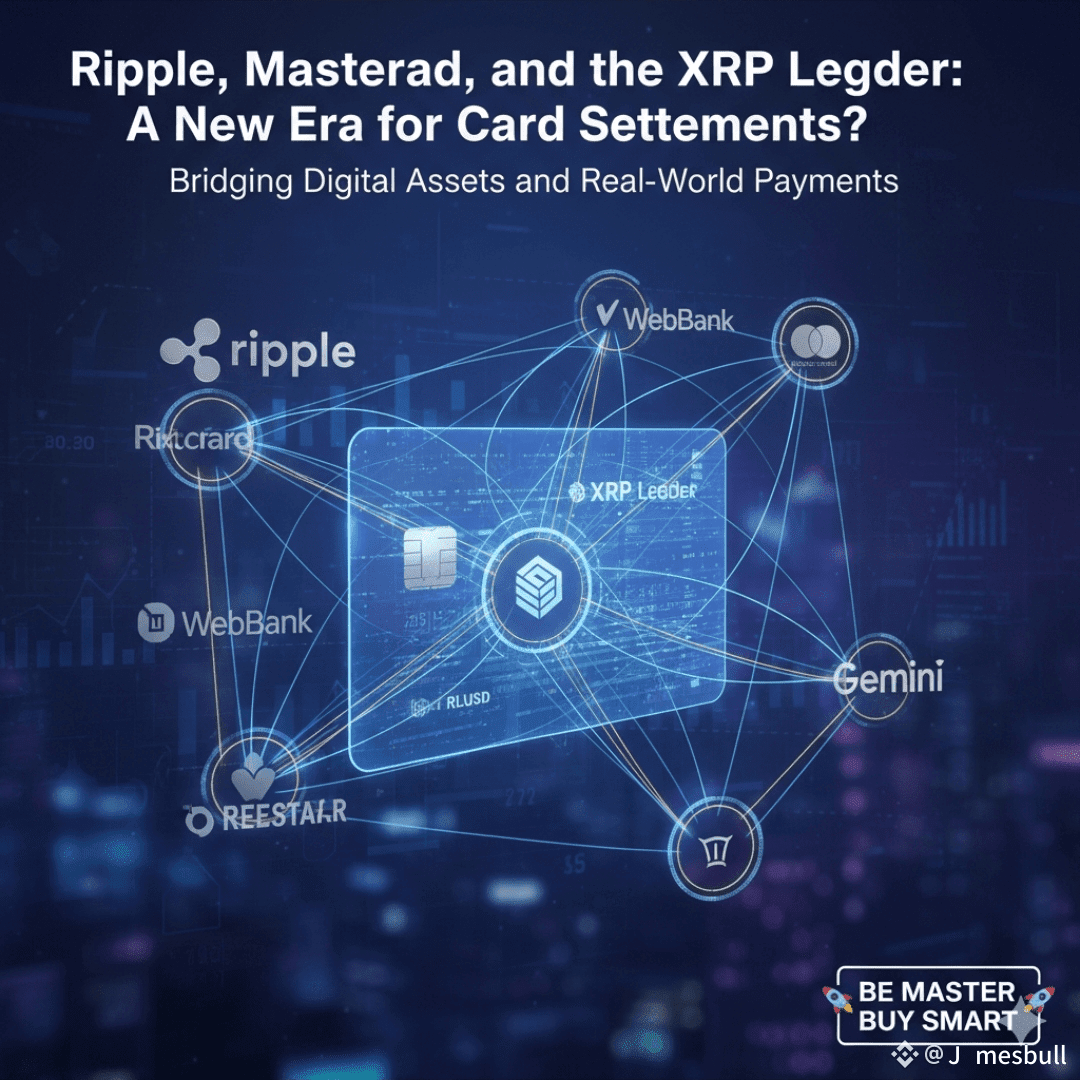Ripple CEO Brad Garlinghouse recently declared, "We have been ready for this moment; the XRP community has been ready for this moment," a statement that has sent ripples of excitement throughout the crypto world. His words, delivered in a video clip shared by Subjective Views on X, hint at a significant stride forward for Ripple and its ecosystem.
The source of this palpable anticipation is a groundbreaking partnership announced at the Swell 2025 event. Ripple is collaborating with Mastercard, WebBank, and Gemini Trust Company to pilot the settlement of card payments using RLUSD, Ripple's regulated stablecoin, on the XRP Ledger (XRPL). This initiative marks a potential paradigm shift, as it could be one of the first instances of a U.S.-chartered bank leveraging a regulated stablecoin on a public ledger for card settlement.
Bridging Digital Assets and Real-World Payments
This pilot centers on RLUSD, Ripple’s U.S.-dollar-backed stablecoin, which operates under a New York State Trust Charter. By moving card settlement into a crypto-native environment like the XRPL, Ripple and its partners aim to dramatically reduce settlement times, lower friction, and enhance transparency in the intricate backend of everyday card payments.
The success of this pilot could pave the way for a future where banks and merchants utilize blockchain technology to transfer traditional currencies (fiat), rather than solely relying on existing, often cumbersome, traditional financial rails. This represents a significant step towards integrating blockchain's efficiencies into mainstream finance.
Why the XRP Community is Cheering
For the dedicated XRP community, this development is a powerful validation of XRP's core value proposition: real-world utility. Garlinghouse's message goes beyond mere motivation; it signals that Ripple's robust infrastructure, growing developer base, and vibrant community liquidity are potentially entering a new and impactful phase. Community engagement is crucial for validator participation, on-chain activity, and overall ecosystem growth, and this announcement has undoubtedly spurred optimism among market watchers.
Challenges and the Road Ahead
While the announcement is bold and promising, it's important to acknowledge the inherent complexities. The pilot is subject to numerous hurdles, including regulatory approvals, successful issuer onboarding, and intricate technical integration. Ripple has emphasized that this is an exploratory pilot and that a full-scale rollout may require considerable time.
Stakeholders are advised to temper their expectations; promising pilots, while exciting, do not always translate into immediate widespread adoption. The journey from proof-of-concept to global integration is often long and arduous.
Final Thoughts
The Ripple CEO's confident tone is backed by concrete action. The pilot program involving Ripple, Mastercard, WebBank, and Gemini underscores that "it's definitely happening" is more than just hope—it's a reflection of tangible progress. Whether this pilot scales to revolutionize global card payments remains to be seen, but for now, the XRP ecosystem is steadily moving from promise towards demonstrable proof of its capabilities. 

